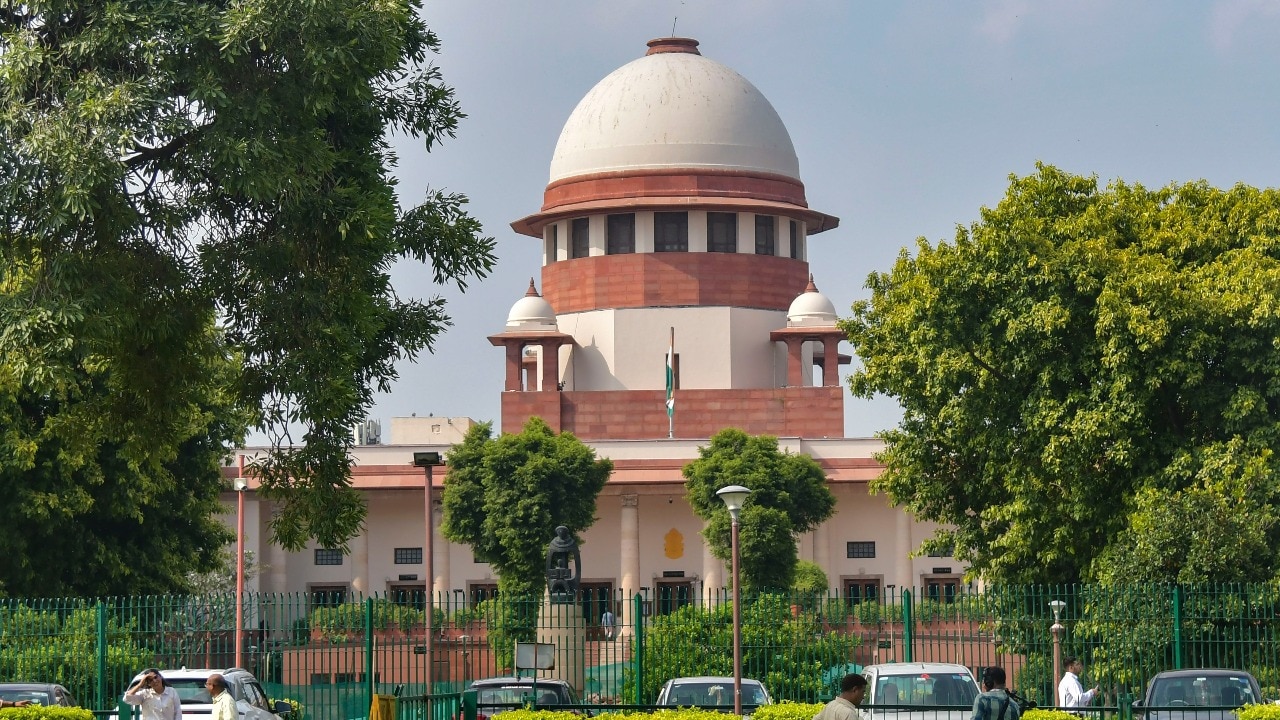ARTICLE AD BOX
Last Updated:July 17, 2025, 19:04 IST
Radhanath Sikdar reported his findings to Andrew Scott Waugh, who named the peak after Everest, despite Everest himself opposing the idea, 4 years after the height was calculated

Many felt that the highest peak deserved a local name, but the British rejected the idea and named it after one of their own officers-Everest. (AP/File)
Mount Everest, the world’s highest peak, carries a curious legacy. It was named after British officer Colonel George Everest, who never actually laid eyes on it.
Colonel George Everest, former Surveyor-General of British India, probably never saw the peak that bears his name. Despite this, he was instrumental in the process that led to its naming. Locally, Tibetans call the mountain Chomolungma, while Nepalese refer to it as Sagarmatha.
By the time Colonel Everest retired in 1843, the British survey team had not yet ventured to Nepal to measure its mountains. Thus, Everest had no direct connection to the peak named after him. However, he was responsible for hiring Andrew Scott Waugh, who made the first formal observation of the mountain. George Everest’s reputation led to the mountain being named in his honour by the survey team.
Who First Revealed It In 1852?
In 1852, Indian mathematician Radhanath Sikdar, working for the Great Trigonometrical Survey of India, discovered that this mountain is the highest in the world, measuring 8,849 metres. He reported his findings to Andrew Scott Waugh, who four years later named the peak after Everest, considering it a fitting tribute to the former Surveyor-General. George Everest himself opposed this decision.
What Was It Called Before Everest?
Radhanath Sikdar, who joined the Great Trigonometrical Survey immediately after college, initially named the peak “Peak-15" around 1850, when the heights of mountains were being measured. Until then, Kanchenjunga was considered the highest peak. Kanchenjunga, located on the border of Nepal in the north-western part of Sikkim, stands at 8,586 metres and is the third highest peak in the world. It wasn’t until 1865 that it was confirmed Mount Everest is the highest peak.
Why Was Radhanath Sikdar’s Name Missing From The Survey Records?
There was once a debate over what name should be given to the world’s highest peak. Many felt it deserved a local name, but the British rejected the idea and named it after one of their own officers-Everest. Radhanath Sikdar, the Indian mathematician who first calculated the height of the peak in 1852, was not even credited in the official survey manual.
Who Was Radhanath Sikdar?
Radhanath Sikdar was born on October 5, 1813 in Kolkata (then Calcutta) and was always interested in mathematics. After college, he secured a permanent job in the Great Trigonometrical Survey with a salary of Rs 30 per month, considered substantial for Indians at the time. George Everest kept assigning Radhanath Sikdar more responsibilities. According to a Times of India report, he once even referred to Radhanath as his “right hand."
Andrew Scott Waugh continued Everest’s work and tasked Sikdar with measuring Everest’s height, which Sikdar achieved without visiting the peak, reporting his findings in 1852.
After Everest’s retirement, Andrew Scott Waugh took over the post. Radhanath Sikdar was then assigned the task of measuring the height of the peak. Remarkably, he calculated that it was the world’s highest mountain without ever setting foot on it. He submitted his findings in 1852, but the British made it official only four years later as they were initially reluctant to trust the data.
Who Was Sir George Everest?
Sir George Everest was born in England and received his education at the Royal Military College in Buckinghamshire. In 1806, he joined the East India Company as a cadet and was appointed Second Lieutenant in the Bengal Artillery the same year. He soon left for India, where he began working on the Bengal survey alongside Colonel William Lambton. His skill and dedication impressed Lambton, the head of the Great Trigonometrical Survey (GTS), who appointed him as his chief assistant.
After Lambton’s death in 1823, Everest succeeded him as the Superintendent of the Indian Survey Department. In 1830, he was promoted to Surveyor General of India. Sir George Everest returned to England later in life and died there in 1866.
view comments- Location :
- First Published:
News world Radhanath Sikdar Measured The World's Tallest Peak. So Why Is It Called Mount Everest?
Disclaimer: Comments reflect users’ views, not News18’s. Please keep discussions respectful and constructive. Abusive, defamatory, or illegal comments will be removed. News18 may disable any comment at its discretion. By posting, you agree to our Terms of Use and Privacy Policy.



.png)
.png)
.png)
















 3 hours ago
3
3 hours ago
3









 English (US) ·
English (US) ·